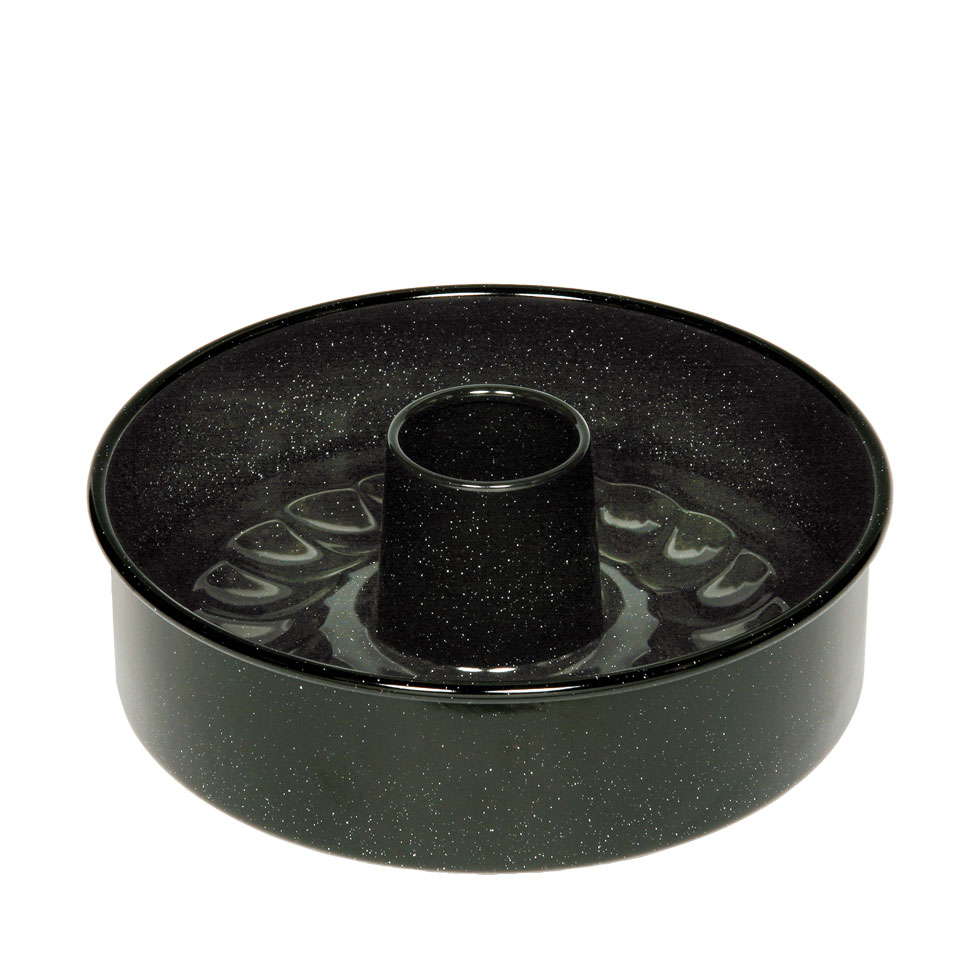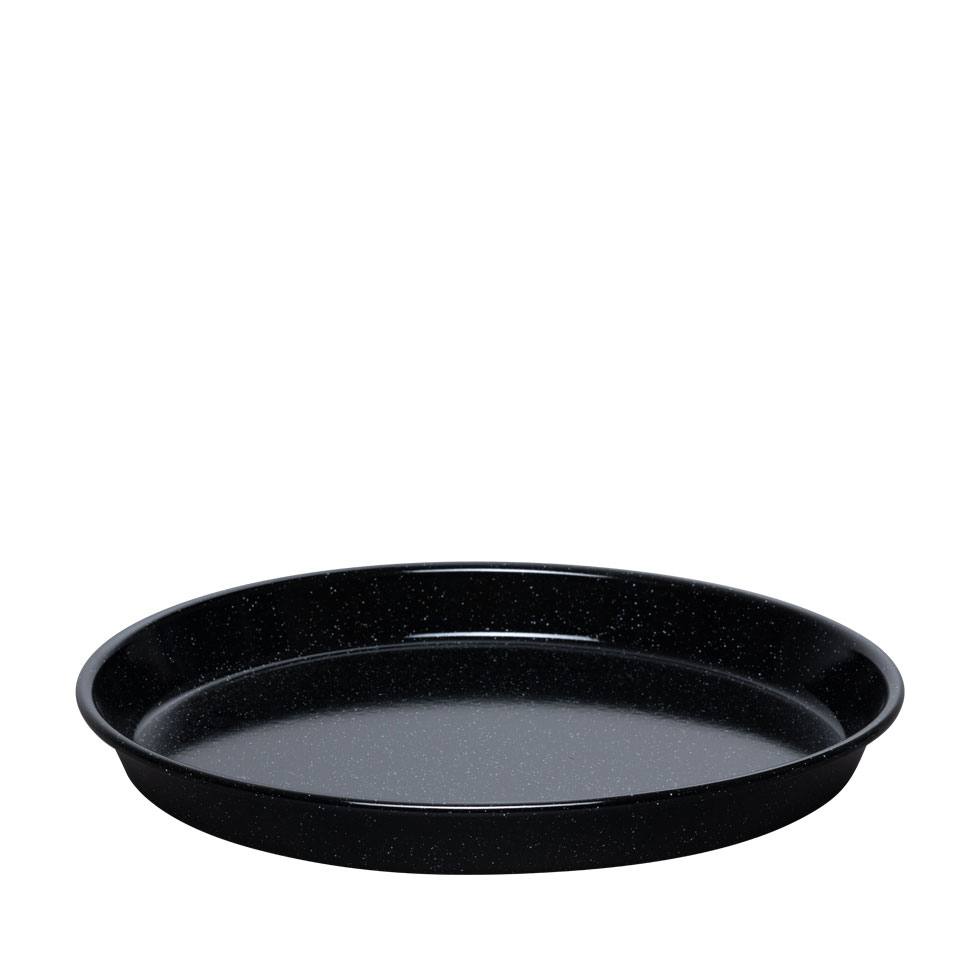Description
Features:
- Round, enamel tin for cakes
- With removable base
- Rolled rim
- Black enamel
- For energy-efficient baking
- Cut and scratch-resistant
- Suitable for ovens
- Resistant to fruit acid
- Prevents bacteria growth and is flavour-neutral
- Easy to clean
- Recyclable
- CO2-neutral production in Austria
Description:
Sachertorte, Linzer torte, Charlottes, Devil’s food cake – all these, and many more delicious desserts can be made using the round enamel cake tin.
The removable base of the tin is easy to insert into the outer rim and must be gently pushed upwards so that the cake can be removed after you’ve finished baking (see Tips below)
The round, enamel cake tin is robust, long-lasting and easy to clean. The rim of the cake tin is curved – this known as a rolled rim. The iron core distributes the heat evenly, giving you exceptional baking results. The tin itself is also very easy to clean thanks to its non-porous, smooth surface.
Enamel is made from iron fused with glass at high temperatures, therefore it’s made from natural raw materials. Our enamel cookware is suitable for use with all types of cookers (gas, electric, ceramic, induction and even open flame). Thanks to the iron core, the heat is conducted quickly and is then retained. This ensures sustainable, energy-efficient cooking.
The non-porous, smooth, glass surface guarantees perfect hygiene, as it’s flavour-neutral, prevents bacteria growth and is easy to clean. When used and cared for properly, enamel cookware can provide years of cooking enjoyment and will maintain its characteristic glossy appearance.
Uses:
As well as being used for baked desserts, the tin can also be used to make cold desserts (not baked).
Tips:
Make sure to grease the enamel baking tin well and to flour or crumb it before adding the cake mixture. This ensures that the cake will not stick and can be removed from the tin easily.
To remove the cake from the tin, place the tin on top of a half-height container (smaller than the diameter of the tin) and carefully pull the sides of the tin downwards after loosening the cake from the sides with a palette knife.













